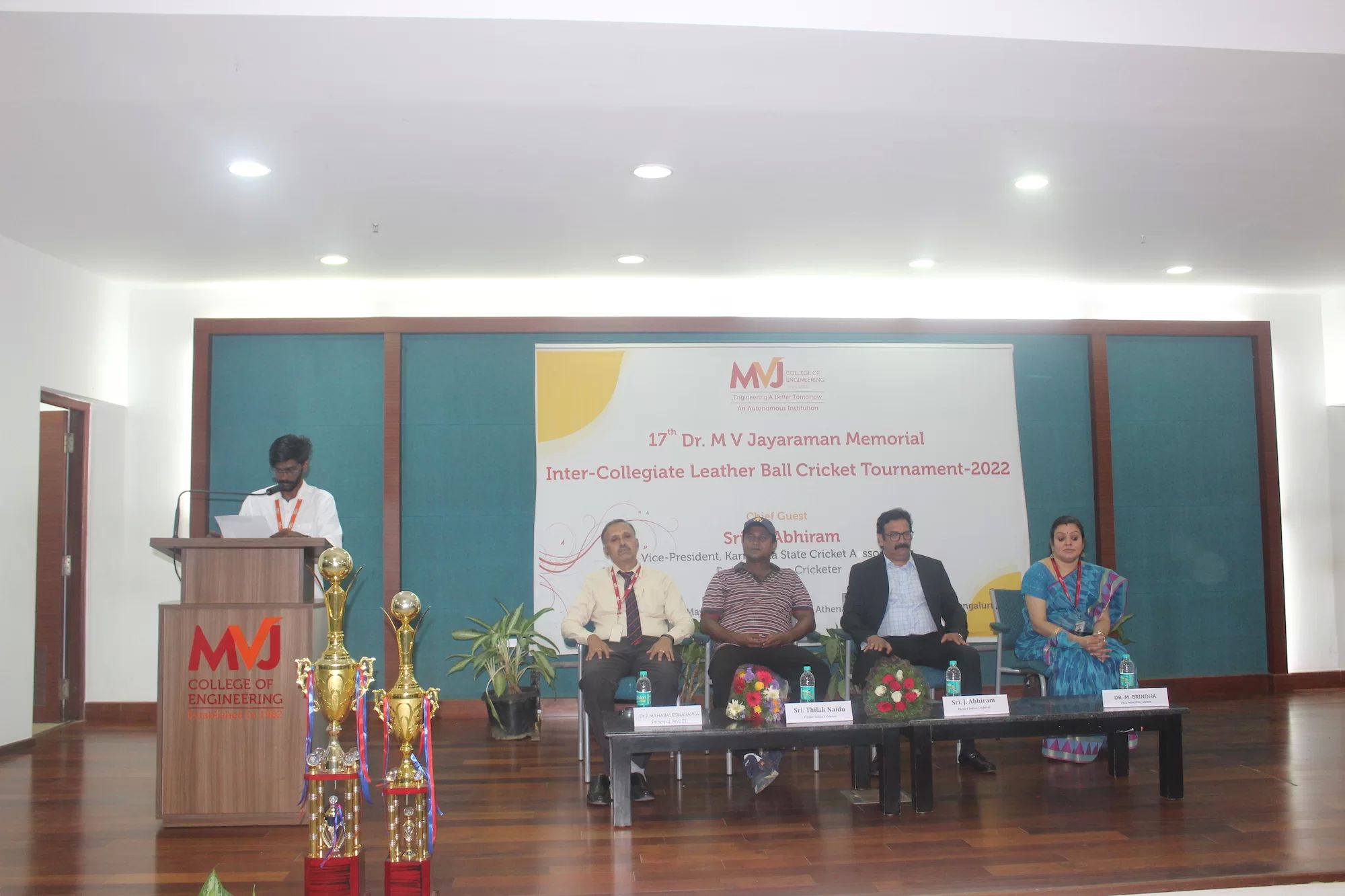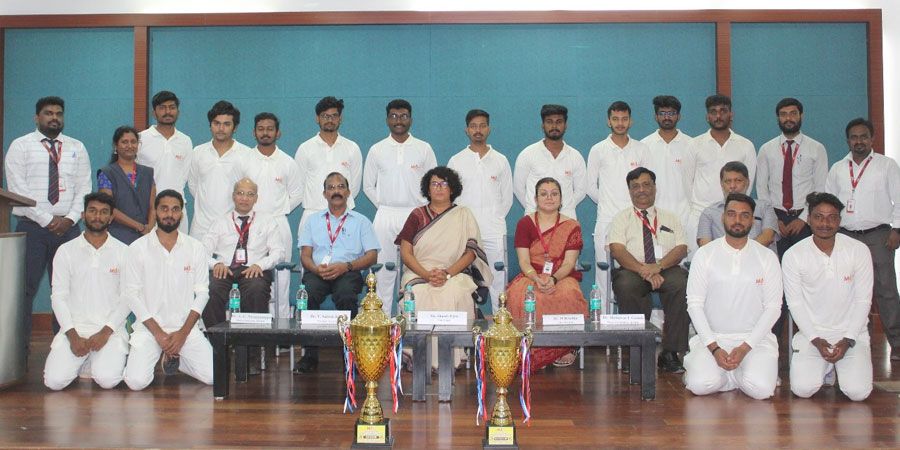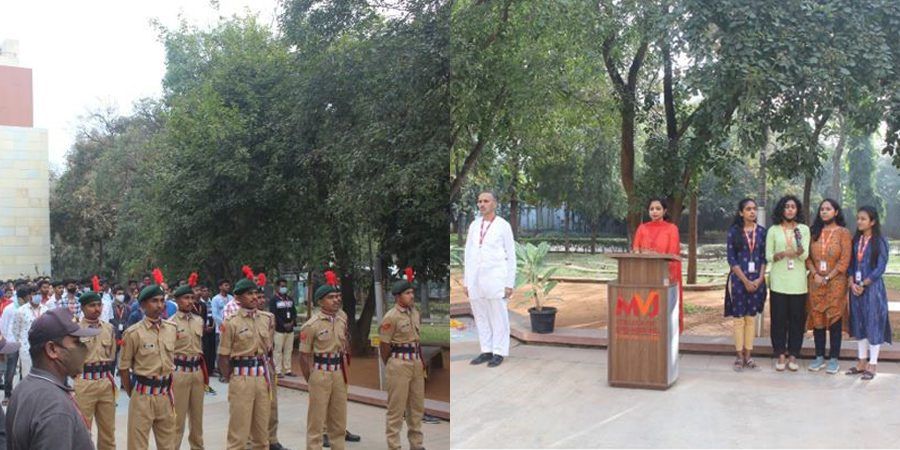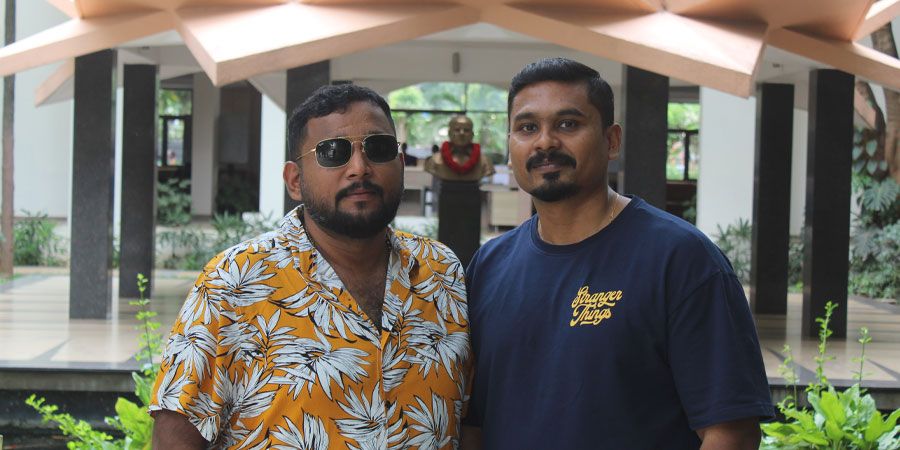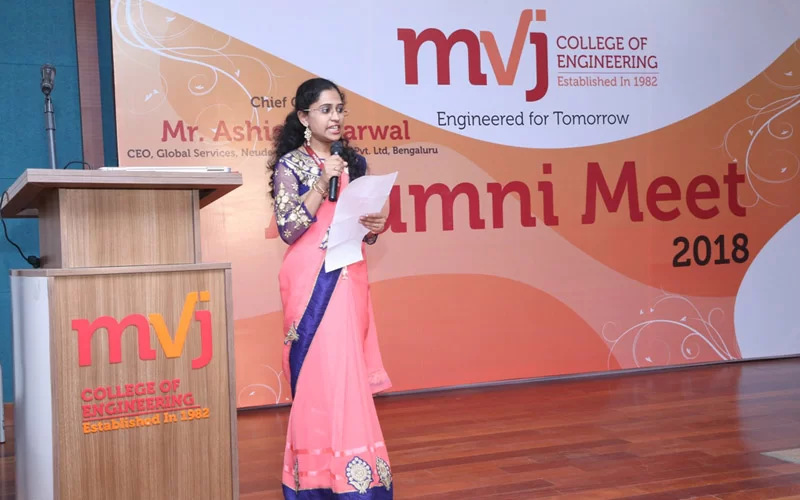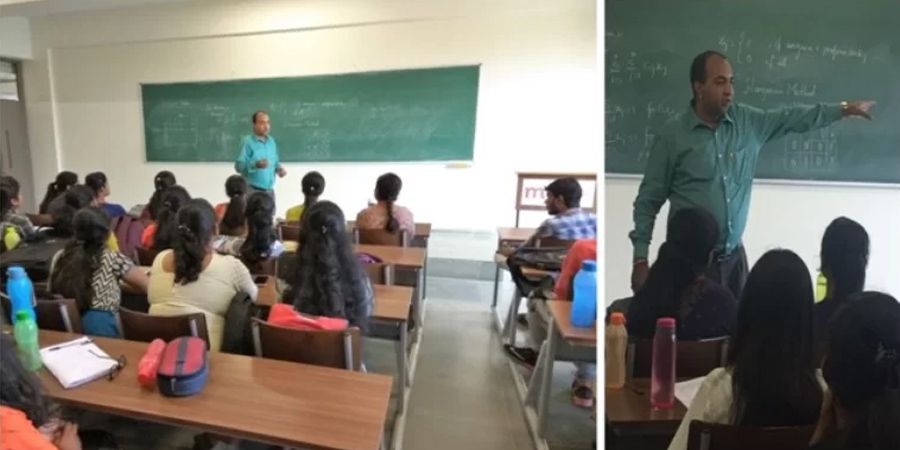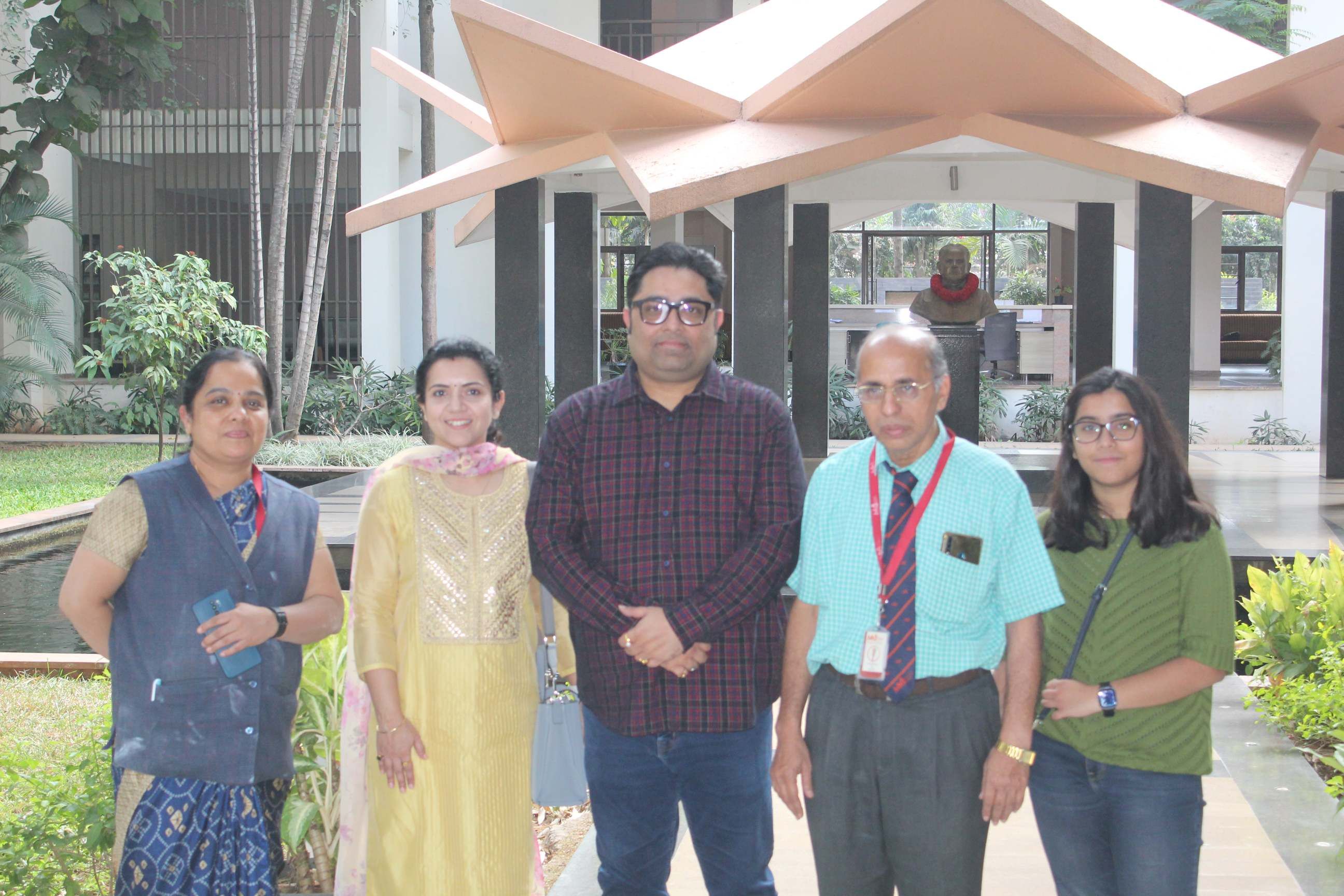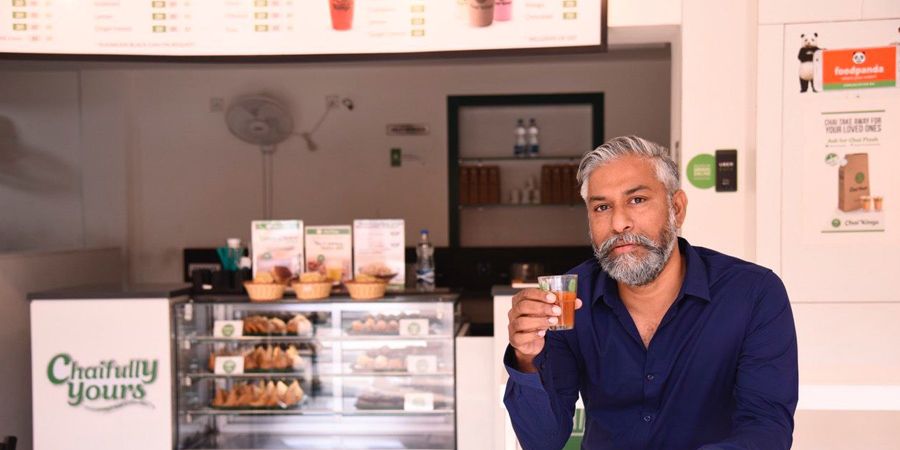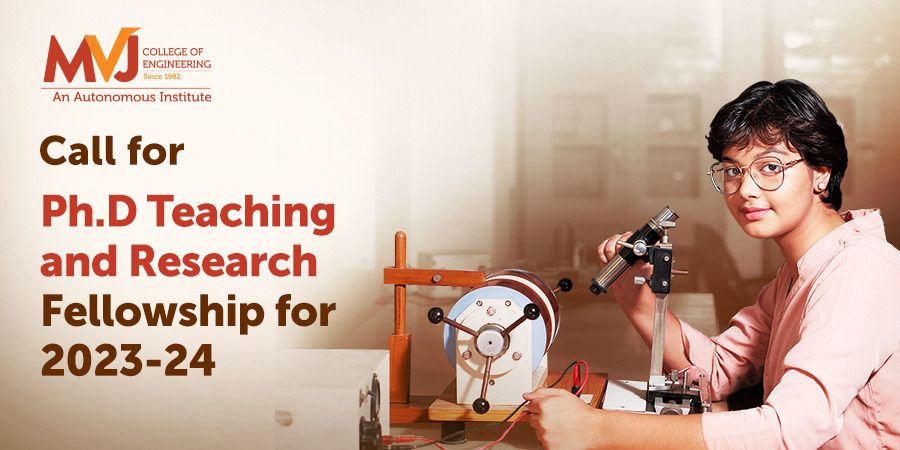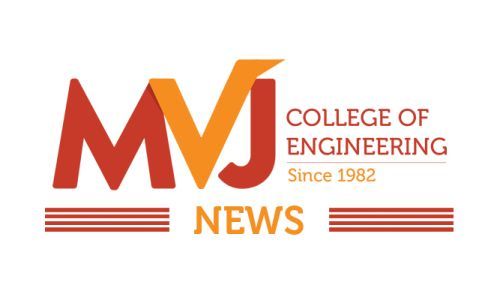IPR Awareness Workshop in association with Institution Innovation Council & IQAC
MVJCE organized a Guest lecture on Intellectual Property Rights awareness on 28.2.2022, for the 1st year Engineering students of all streams, at Smt. Rajalakshmi Jayaraman Seminar Hall. The event started at 9 am with a welcome speech and introduction of the Guest, following which our Principal addressed the gathering.
About the Speaker
Dr Inderpreet Kaur is the director of IGEN Edu solutions Pvt. Ltd. She is also a Professor and HOD of the Electrical department in Punjab University, Member of Chandigarh Union Territory Development Council and Executive member of Punjab Rural Tourism Council. She has more than 20 patents to her credit. The Guest Lecture was presided by Dr. P Mahaballeswarapa, Principal, and Dr. M Brindha, Vice Principal.

Objective of the Programme
An understanding of Intellectual Property (IP) is an important skillset in today’s increasingly dynamic, information-based economy. This awareness is especially important at academic institutions where many of the brightest students of society first learn about and then begin practising innovation and entrepreneurship.
IPR Awareness is a prerequisite for shaping an environment crucial to fostering creativity and innovation in the nation. IPRs are now being used not only as a tool to protect creativity and generate revenue, but also to build strategic alliances for socio-economic and technological growth. The patents awarded to an engineer provide external affirmation of his/her skills and expertise.
What is IPR?
The workshop began with the Speaker explaining the difference between an Invention and an Innovation. An invention is something that has never been done before. To invent something is to discover a new thing. To innovate means, to use a new idea or method. A product or process is inventive if it has never been done before – whether it is innovative depends on whether users will get a real value out of it. Everyone can innovate. Innovation generally refers to renewing, changing or creating more effective processes, products or ways of doing things.
The Speaker then went on to explain the basics of Intellectual Property Rights and its importance. She elaborated on the different types of Intellectual Property Rights i.e., Patents, Copyrights, Designs, Trademarks and the importance of trade secrets. Dr. Inderpreet Kaur quoted many examples and illustrations related to various types of Intellectual Property Rights – like patents for the Coca-Cola bottle design, solar grass cutting machine, KFC symbol design, bathroom cleaner bottle design and numerous other examples.
Intellectual Property Rights (IPRs) are legal rights that protect creations and/or inventions resulting from intellectual activity in the industrial, scientific, literary or artistic fields. Essentially, Intellectual Property Rights such as copyright, patents and trademarks, can be viewed like any other property right. IPR allows the creators or owners of the IP to benefit from their work or from their investment in a creation, by giving them control over how their property is to be used. Patents were one of the first types of Intellectual Property to be recognized in modern legal systems. By patenting an invention, the patent owner gets exclusive rights over it, meaning that he or she can stop anyone else from using, making or selling the invention, without his/her permission. The patent generally lasts for a limited period of time, usually, 20 years.

The common types of IP include:
- Copyright – this protects written or published works such as books, songs, films, web content or artistic works;
- Patents – this protects commercial inventions, for example, a new business product or process;
- Designs – this protects designs, such as drawings or computer models;
- Trademarks – this protects signs, symbols, logos, words or sounds that distinguish your products and services from those of your competitors.
Invention can be of three types:
- Social inventions – like the corona vaccine
- Financial inventions – like OYO, Airbnb
- Leisure inventions – like those which are a part of brain development activity
Various IP Rights and their duration

Overlapping of Patents
More than one form of IP protection may apply, in specific cases.
PATENT
- Design patent on bottle shape
- Utility patent on method of fortifying drinks with vitamins
- Trademark on bottle shape and coke
- Copyright on advertising and promotion
- Trade secret on the formula
Intellectual Property (IP) overlaps can arise as a result of two or more different types of endeavours (e.g. an artistic work created at the outset to be registered a trademark) or as a result of two or more IP rights protecting a single type of endeavour. Dr. Inderpreet Kaur explained about the overlapping of patents using the example of Coca-Cola which has a total of 6893 patents, globally. The Coca-Cola company has multiple overlapping IP protections on its product. It received a first and second design patent on the bottle shape. It maintains a trademark on the shape and the words Coca-Cola and Coke, among others. There are multiple copyrights for advertising and promotion, as well as their label. These patents belong to 1561 unique patent families. Out of 6893 patents, 3695 patents are active.
CONCLUSION
It was a very fruitful Awareness Programme organized by MVJ College of Engineering. Students had a great learning experience about the importance of IPR, in the present scenario.

